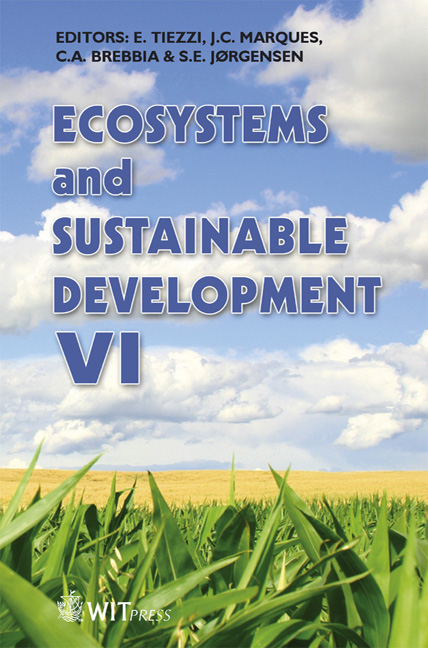A Family Of Models To Study The Growth Of Haloferax Mediterranei In Different Conditions
Price
Free (open access)
Transaction
Volume
106
Pages
7
Published
2007
Size
350 kb
Paper DOI
10.2495/ECO070071
Copyright
WIT Press
Author(s)
Y. Villacampa, F. García-Alonso, J. A. Reyes, R. Martínez-Espinosa & M. J. Bonete
Abstract
Haloferax mediterranei is a denitrifying halophilic archaeon able to grow with nitrite as the sole nitrogen source for growth in an assimilatory process under aerobic conditions. This haloarchaeon can also reduce nitrite in a respiratory process, where nitrite is the electron acceptor when oxygen conditions are limited. Due to this capability, Haloferax mediterranei could be applied in salted water bioremediation processes with the purpose of repairing the damage caused by the excessive use of fertilizers in agricultural activities. In this paper a family of different mathematical models has been generated to allow the study and the prediction of Hfx. mediterranei growth in high salt media with different nitrite concentrations. The relation between the growth and some variables are studied, for example nitrite concentration (N), oxygen concentration (O) and the time of growth (NH). This approach will allow us to analyse future Hfx. mediterranei uses as agent for bioremediation processes. Keywords: denitrification, Haloferax, bioremediation, modelling, stability. 1 Introduction Denitrification is the reduction of nitrate or nitrite to gaseous nitrogen oxides. This pathway occurs mainly in bacteria and is used by most denitrifiers to support respiratory growth under anaerobic conditions [17]. Denitrification produces nitrogen loss in agricultural soils, and emitted N2O destroys the ozone layer and contributes to global warming. Deterioration of quality of inland and coastal waters is a serious environmental problem. Of particular concern is the
Keywords
denitrification, Haloferax, bioremediation, modelling, stability.





